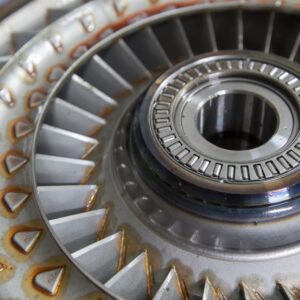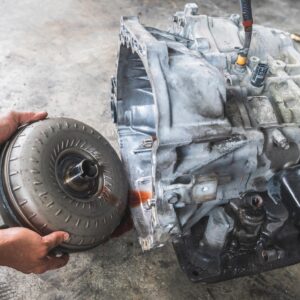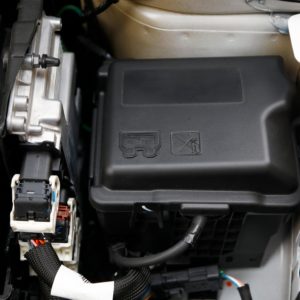Torque wrenches are used to tighten fasteners such as bolts, screws, and nuts to a specific torque. They’re used in applications where the tightness of the fasteners is vital to the proper functioning of the parts being joined together. They are precision tools that require calibration from time to time to ensure that they’re giving accurate readings. Torque wrenches rely on a spring inside to determine when the appropriate amount of torque has been applied. When it reaches this torque, it makes an audible click and gives a tactile bump. Over time, the spring can stretch or deform, which will affect the torque’s ability to give accurate readings. Luckily, torque wrench recalibration can be done at home. Learn how to calibrate a torque wrench by following these tips.
Tips on Recalibrating a Torque Wrench
Preparing the Appropriate Tools
You’ll need a thin rope, an Allen key, and a weighted object. You should know the exact weight of the object, so weightlifting plates would be ideal. That said, you can use anything like a bottle of water or a bag of rice as long as you know its weight.
You’ll also need a vice so you can use it to hang the wrench from the ratchet head. Most torque wrenches can be adjusted with an appropriately sized Allen key. The bolt that you need to adjust is typically located in the middle of the torque wrench above the handle.
Securing the Torque Wrench
If you don’t have a vice, you can use a bolt that’s horizontally mounted. Attach the right torque wrench attachment for the bolt and you can use this bolt as a mount.
Be careful if you’re using a vice to clamp the torque wrench’s square drive. You might over-tighten the vice and ruin your tool. Remember that only the square drive should be clamped so that the wrench can still move when you apply the weight.
Marking the Measured Distance Properly
Properly calibrating a torque wrench involves placing a known weight on the handle. To determine the appropriate torque setting needed for calibration, you need to find the distance between the square drive and a specific point on the handle.
Marking where you measured on the handle is important so that you know where to place the weight later. You also need to remember the distance, so it would be best to write it down on a piece of paper.
Knowing the Equations to Calculate the Torque Setting
The equation that you’ll need to find the torque setting for calibration will vary depending on the torque wrench that you own. If you own a torque wrench that measures torque in newton meters, then you’ll need this equation:
Weight (in kilograms) x 9.81 x Length (in meters)
If your torque wrench measures torque in pound-feet, then the equation will be:
[ Weight (in pounds) / 12 ] x length (in inches)
Once you know the weight of your object and the length from the square drive to the mark on your torque wrench, you’ll just need to plug in these values in the aforementioned equations. Once you’ve found the appropriate torque setting, set the torque wrench to this value.
Applying the Weight Slowly
Once you’ve tied the weight on the rope, you need to tie a loop on the other end of the rope so you can hang it on the torque wrench handle. When placing the weighted rope on the handle’s marked spot, release the weight slowly. This ensures that the weight doesn’t gain any momentum, which can affect your calibration. A properly torqued wrench should only click when you’ve let go of most of the weight.
If it clicks when you haven’t let go of most of the weight, it means that the torque wrench is not properly calibrated. You’ll need to turn the adjustment screw counterclockwise to increase the amount of torque required to trigger the click. If the torque wrench doesn’t click at all after applying all the weight, then you need to turn the screw clockwise to reduce the required amount of torque.
Fine-Tuning the Calibration
You can fine-tune the calibration by moving the rope up or down the handle. Moving it toward the square drive will decrease the amount of torque exerted on the wrench. Meanwhile, moving it closer to the edge of the handle will increase it.
Moving the rope along the handle to check when the wrench will click will give you an idea of how close you are to the ideal calibration. You can move the rope in smaller increments and turn the adjustment screw accordingly to fine-tune the calibration.
Reset the Torque Wrench After Use
Once you’ve calibrated your torque wrench, ensure that you set it to its lowest value before storing it. This is done to relieve pressure on its spring, which should keep the wrench calibrated longer.
Why It’s Important to Calibrate a Torque Wrench
It’s important to calibrate a torque wrench to make sure it applies the right amount of torque when it’s used. Overtightening a bolt or screw can make it difficult to remove or even damage it. Leaving a bolt or screw too loose could cause it to spontaneously unscrew at the most inopportune time.
Any information provided on this Website is for informational purposes only and is not intended to replace consultation with a professional mechanic. The accuracy and timeliness of the information may change from the time of publication.



































